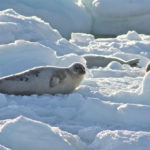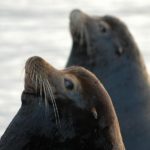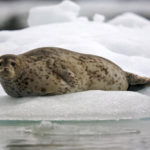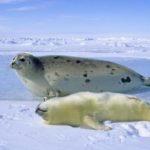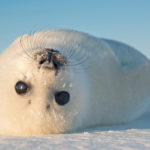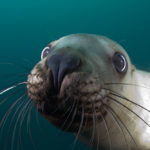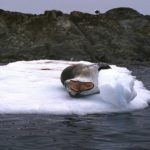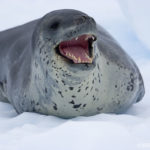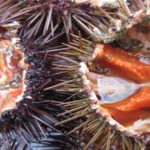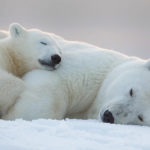Seals
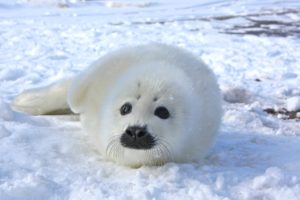 In the broad sense of the word, all representatives of the order of the Pinnipeds can be considered seals, but usually this name implies animals from the family of true seals. They are closely related to the representatives of the family of eared seals (fur seals and sea lions) and walruses. The distant relatives of the seals are, on the one hand, terrestrial predators, and on the other, cetaceans, which have passed entirely to the aquatic mode of life. The variety of seals is relatively small, there are about 20 species.
In the broad sense of the word, all representatives of the order of the Pinnipeds can be considered seals, but usually this name implies animals from the family of true seals. They are closely related to the representatives of the family of eared seals (fur seals and sea lions) and walruses. The distant relatives of the seals are, on the one hand, terrestrial predators, and on the other, cetaceans, which have passed entirely to the aquatic mode of life. The variety of seals is relatively small, there are about 20 species.
The appearance of the seals clearly indicates their aquatic life. At the same time, they did not completely lose contact with the land as cetaceans. All kinds of seals are quite large animals weighing from 40 kg to 2.5 tons. However, even animals of the same species vary greatly in weight at different seasons because they accumulate seasonal fat reserves.
Usually, when traveling overland, the seals rely on the forelimbs and the abdomen, while the rear ones drag along the ground. In the water, the front fins act like a handlebar of depth and are hardly used for rowing. This differs significantly from the way the eared seals move, which actively use all the limbs to move both on land and under water. Real seals do not have auricles, and the auditory passage during diving is closed with a special muscle. Despite this, seals have good hearing. But the eyes of these animals, on the contrary, are large, but short-sighted.
This structure of the organs of vision is characteristic of aquatic mammals. Of all the senses, seals are best developed in the seals. These animals perfectly catch smells at a distance of 200-500 m! In addition, some species of seals are capable of echolocation, by which they determine the location of production under water.
The body of the seals is covered with a stiff, short coat that does not hinder their movement in the water column. At the same time, seal fur is very dense and highly valued in fur fishing. Body coloration in most species is dark – gray, brown, some species can have a mottled pattern or a contrasting color.
Seals are very widespread, in total the ranges of different species cover the entire globe. The greatest diversity of seals was reached in the cold latitudes of the Arctic and Antarctic, but a monk-seal, for example, inhabits the Mediterranean. All kinds of seals are closely connected with water and live either on the coasts of the seas and oceans, or on vast expanses of pack (long-term) ice.


